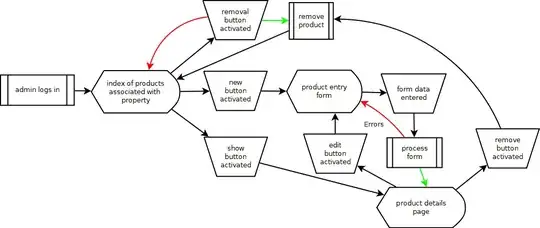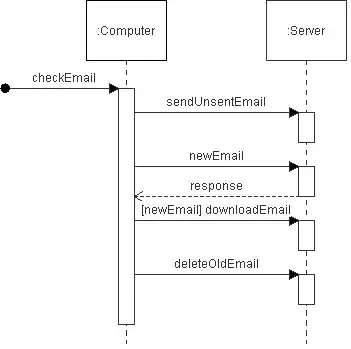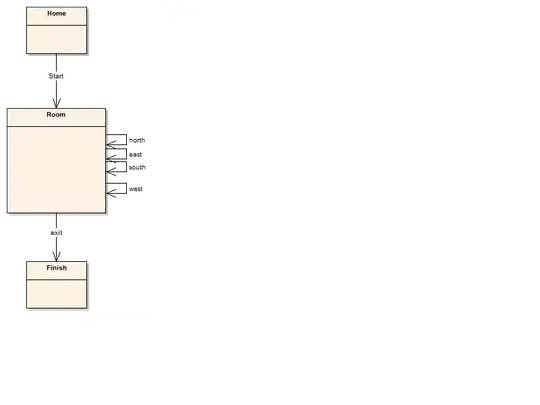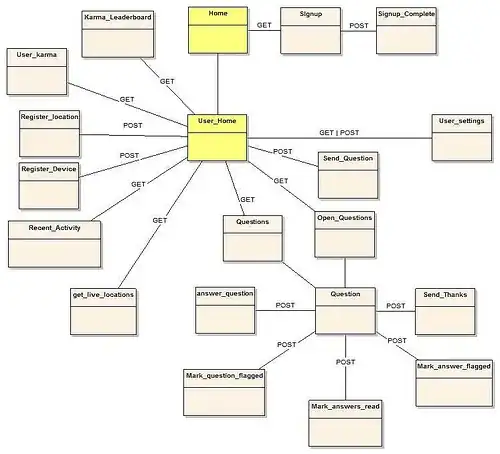Does anybody have suggestions on creating a flowchart representation of a REST-style web interface? In the interest of supplying thorough documentation to co-developers, I've been toying around in dia modeling the interface for modifying and generating a product resource:
This particular system begins to act differently with user authentication/resource counts, so before I make modifications, I'm looking for some clarification:
- Complexity: how would you simplify the overall structure to make this easier to read?
- Display Symbol: is this appropriate for representing a page?
- Manual Operation Symbol: is this appropriate for representing a user action like a button click?
Any other suggestions would be greatly appreciated.
My apologies for the re-post. The main stackexchange site suggested this question was better presented on programmers.



